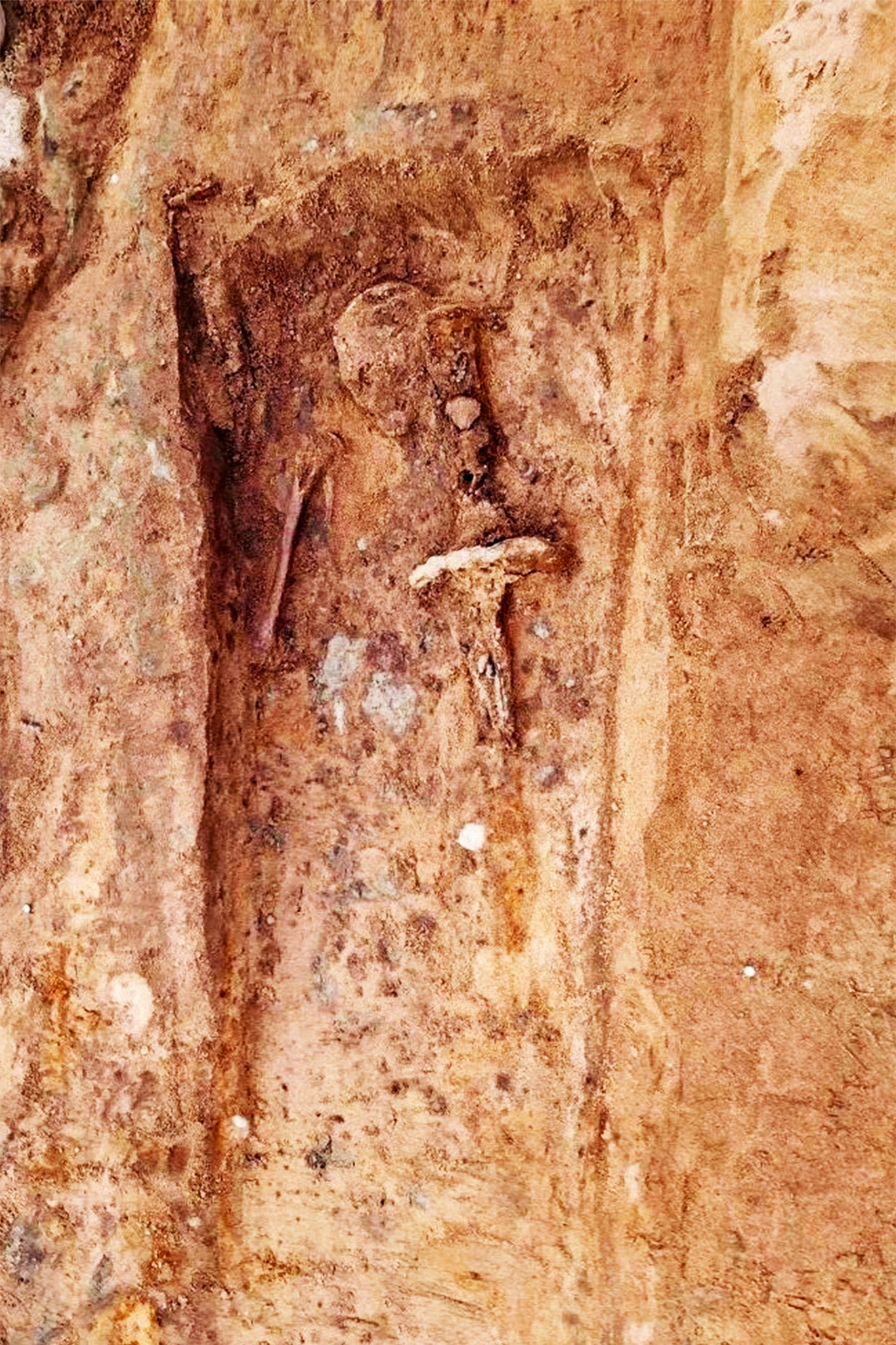Archaeologists unearth ‘very powerful’ medieval man and his 4-foot-long sword in Sweden
Tall man may have been part of nobility around 15th century, experts say
Your support helps us to tell the story
From reproductive rights to climate change to Big Tech, The Independent is on the ground when the story is developing. Whether it's investigating the financials of Elon Musk's pro-Trump PAC or producing our latest documentary, 'The A Word', which shines a light on the American women fighting for reproductive rights, we know how important it is to parse out the facts from the messaging.
At such a critical moment in US history, we need reporters on the ground. Your donation allows us to keep sending journalists to speak to both sides of the story.
The Independent is trusted by Americans across the entire political spectrum. And unlike many other quality news outlets, we choose not to lock Americans out of our reporting and analysis with paywalls. We believe quality journalism should be available to everyone, paid for by those who can afford it.
Your support makes all the difference.Archaeologists in Sweden have uncovered the remains of a “powerful” and tall medieval man, buried along with his well-preserved 4-foot-long sword, hinting he was part of high nobility during his time.
Researchers suspect the 1.90m (6ft 3in) tall man may have been a nobleman who died around 15th or early 16th century when the region was unified with Denmark and Norway.
The finding was made during archaeological investigation at Lilla Torg in Halmstad in a grave where the late medieval convent Sankta Anna’s church once stood, the Halland Cultural Environment, an agency of the local government, said in a blog post.
The 4-foot-long sword, buried to the left of the man, was the only object found in the 49 graves examined so far during the ongoing reconstruction of Lilla Torg, researchers say.
While the preserved parts of the sword’s blade and wooden handle measured at a length of about 1.3 meters on discovery, archaeologists say true total length of the weapon centuries ago is yet to be determined.
Finding swords in medieval graves is very rare, indicating that people buried along with swords likely belonged to the upper echelons of society.
X-ray scans of the sword found that the blade is decorated with two inlaid crosses, probably in precious metal, further suggesting that its owner was a high-status individual of the time.

The site, researchers say, was active from 1494 up until about 1530 when it was destroyed during the Protestant Reformation.
They say the medieval man may have been a supporter of the king who ruled the unified regions of Sweden, Denmark and Norway between 1397 and 1523.
“We hypothesize that he was part of the high nobility of the Kalmar Union, and may have owned property in both Sweden and Denmark. These people became very, very powerful,” archaeologist Johan Klange with the Halland Cultural Environment told Livescience.
The latest findings also confirm that the Sankta Anna’s church was used as a burial place for, among other things, people of noble birth during the 35 years that the Franciscan order operated on the site.

Join our commenting forum
Join thought-provoking conversations, follow other Independent readers and see their replies
Comments